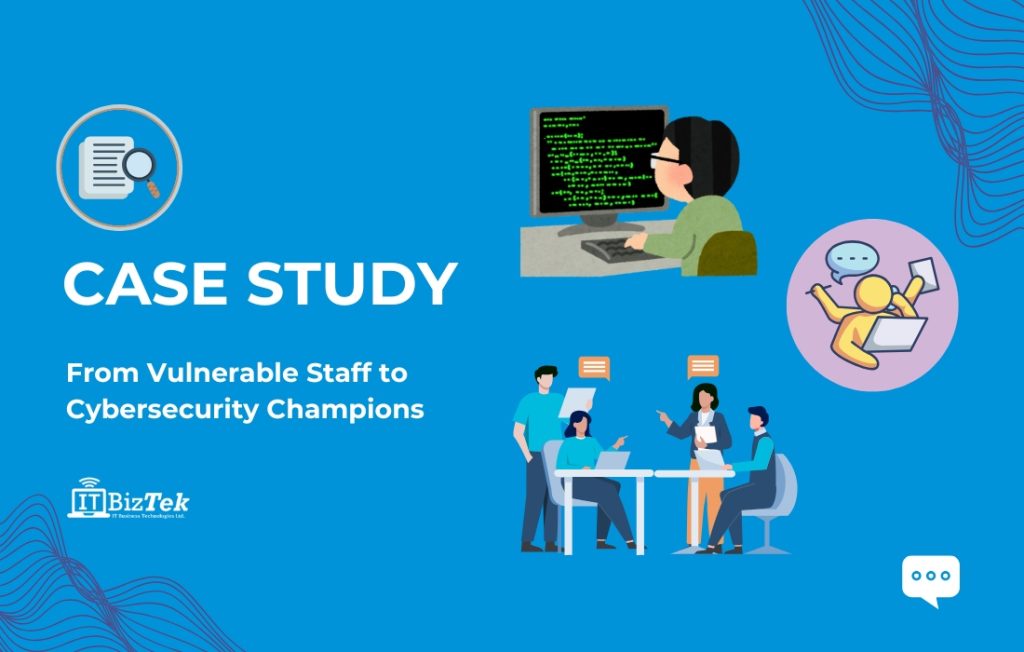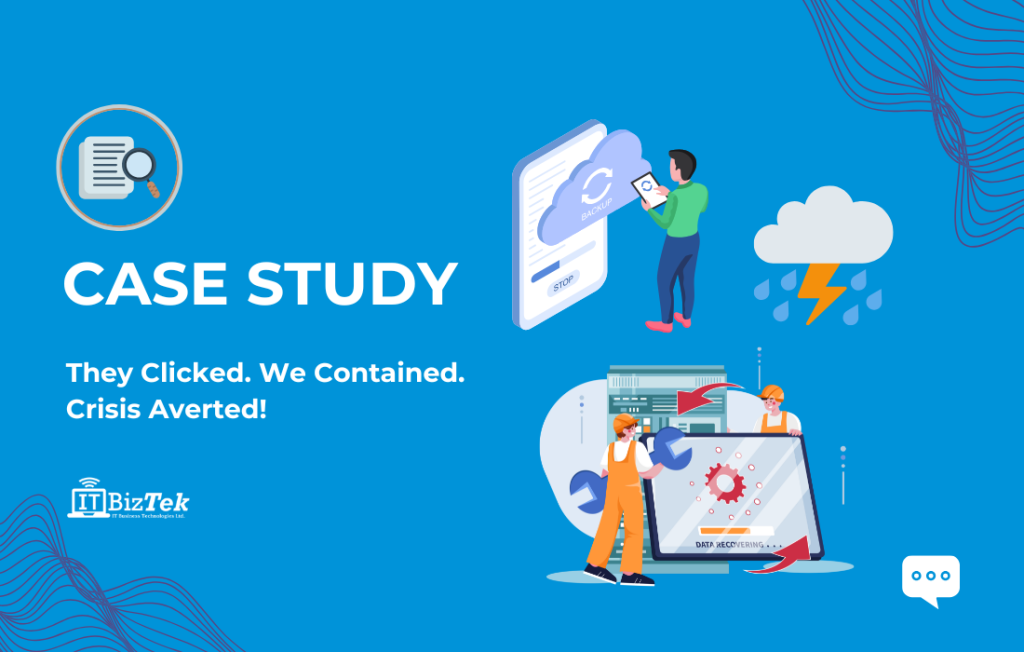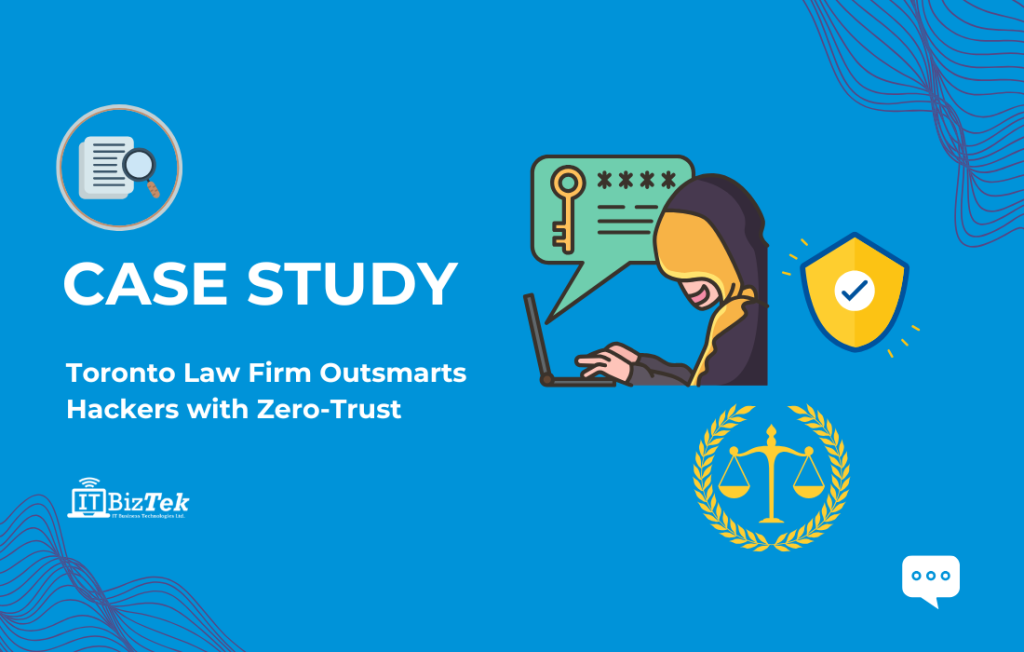Real Cost of Poor Tech Planning
Let’s be real: Tech budgeting isn’t exactly thrilling. But ignore it, and it can sink your growth faster than a buggy app on launch day.
For growing businesses in Toronto and beyond, managing IT expenses is more than buying a few laptops and upgrading Wi-Fi. Tech budgeting is about making smart, scalable choices that align with your business goals. Unfortunately, a lot of growing companies get it wrong. And the cost? Wasted money, stalled projects, frustrated teams and sometimes, total chaos.
Let’s walk through the most common mistakes and how to fix them.
Mistake #1: Thinking IT = Hardware
You’d be surprised how many companies still treat tech like it’s just computers, monitors, and printers.
Sure, those are important. But your IT strategy should also account for cybersecurity tools, cloud platforms, software licensing, remote work infrastructure, compliance tools, disaster recovery, and IT leadership. Yes, leadership.
If you’re growing, you don’t just need tech. You need a strategy behind that tech.
Mistake #2: No Forecasting for Scale
A classic move: A business expands rapidly – new hires, new clients, more data but their tech budget remains static or gets reviewed once a year, max.
Guess what? That old budgeting model doesn’t keep up. It leads to bottlenecks, from overloaded networks to software that can’t scale with demand.
Smart move: Forecast IT needs like you forecast sales. Your infrastructure, software tools, and cybersecurity protocols should grow with your business.
Mistake #3: Treating IT as a Cost, Not an Investment
Some businesses see IT as a necessary evil: “We have to spend this, let’s just minimize it.”
Big mistake.
The right tech investment can increase efficiency, drive customer satisfaction, and open new revenue streams. The trick is knowing where to invest and that’s where strategic guidance comes in.
Mistake #4: Leaving IT Decisions to Non-Tech Execs
Your office manager or accountant shouldn’t be the one choosing enterprise tools. Yet, in smaller businesses, this happens all the time. The result? A Frankenstein tech stack of mismatched software and security holes big enough to drive a ransomware truck through.
You don’t need a full-time CIO to fix this.
You just need someone who thinks like one.
Enter the Virtual CIO (vCIO)
Let’s pause here. Because this is where things get interesting.
Hiring a full-time Chief Information Officer isn’t feasible for most small or mid-sized businesses. But ignoring strategic IT leadership entirely? That’s riskier.
A virtual CIO (vCIO) gives you access to high-level tech strategy without the six-figure salary. Think of them as your on-call tech advisor—someone who:
- Aligns IT with business goals
- Helps forecast tech costs accurately
- Evaluates vendors
- Plans cybersecurity and compliance
- Guides digital transformation
And most importantly, they keep your tech investments working for you instead of draining your budget.
Check out more about Leading Virtual CIO Services in Toronto
Mistake #5: One-Off Purchases Instead of Long-Term Planning
Some teams buy tech reactively:
“Oh, we need new laptops. Grab whatever’s on sale.”
“Oh, that software crashed. Let’s try this other one.”
This piecemeal approach leads to compatibility issues, wasted software licenses, and security risks.
With a vCIO or strategic IT planner involved, you take a long-term view: What tools scale with us? What integrations do we need? Where can we consolidate?
Long-term saves money. Always.
Mistake #6: Ignoring Security Until It Hurts
Cybersecurity isn’t a line item to squeeze in if there’s room in the budget.
It needs to be baked in from day one. If you’re storing customer data, running remote teams, or even just sending email (so, all of us), you need:
- Endpoint protection
- Firewalls
- Backups
- Two-factor authentication
- Compliance monitoring
A data breach can cost you more in downtime, reputation, and legal headaches than any other tech issue. Budget for protection now, not apologies later.
Mistake #7: No Accountability or Metrics
What gets measured gets managed.
A lot of growing businesses have no clear metrics around IT spending. They don’t track performance, ROI, or whether that new tool actually helped.
A vCIO (yep, them again) can help set KPIs around IT performance, efficiency, and even employee productivity.
So, How Should You Budget for IT?

Simple checklist:
- Start with strategy: Don’t budget for tech. Budget for business goals supported by tech.
- Forecast regularly: Monthly or quarterly, especially if you’re growing fast.
- Partner smartly: Use a virtual CIO or IT consultant who can steer the ship.
- Think total cost of ownership: Don’t just look at purchase price. Factor in training, support, updates.
- Align with growth: Budget for where you want to be 12 months from now, not just today.
The Bottom Line
If your business is growing, your tech budget needs to do more than keep the lights on. It should be driving your business forward, efficiently and securely.
Stop treating IT like a line item. Start thinking of it as your growth engine.
And if you don’t have the in-house leadership to guide those decisions?
A Virtual CIO might just be your best hire this year, without actually hiring one!








